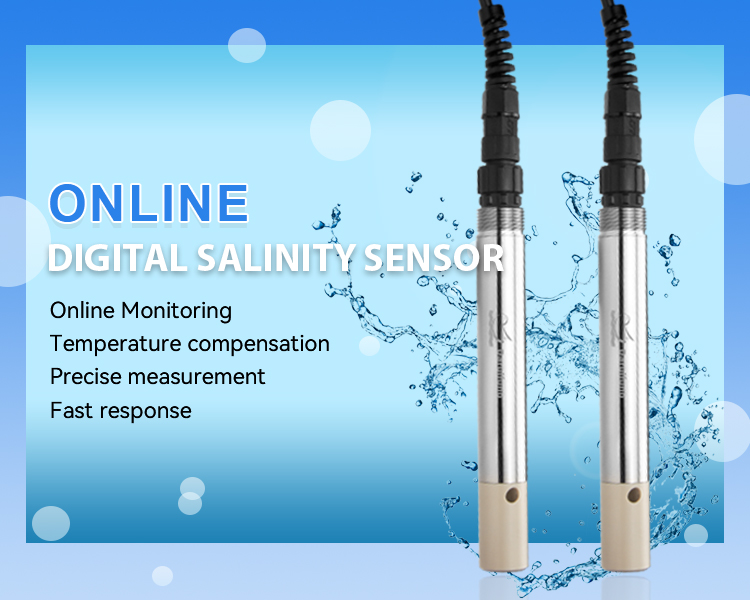First, the correct selection of pressure gauges
Proper selection of pressure gauges mainly includes determining the type, range, range, accuracy and sensitivity of the meter, its dimensions and whether it requires remote transmission and other functions such as indication, recording, adjustment, alarm, etc.
The main basis for the selection of pressure gauges:
1. The measurement requirements of the process production process, including range and accuracy. In the case of static test (or slow change), the maximum value of the measured pressure is specified to be two-thirds of the full scale value of the pressure gauge; in the case of pulsating (fluctuating) pressure, the maximum value of the measured pressure is selected from the pressure gauge. One-half of the full scale value.
Commonly used pressure measuring instruments have an accuracy level of 0.05, 0.1, 0.25, 0.4, 1.0, 1.5 and 2.5, which should be selected from the production process accuracy requirements and the most economical point of view. The maximum allowable error of the meter is the product of the range of the pressure gauge and the percentage of the accuracy grade. If the error value exceeds the accuracy required by the process, the pressure gauge with a higher accuracy level needs to be replaced.
2. The nature of the measured medium, such as state (gas, liquid), temperature, viscosity, corrosivity, degree of fouling, flammability and explosiveness. Such as oxygen meter, acetylene meter, with "oil-free" mark, corrosion-resistant pressure gauges for special media, high temperature pressure gauges, diaphragm pressure gauges, etc.
3. Environmental conditions at the site, such as ambient temperature, corrosion, vibration, humidity, etc. Such as shockproof pressure gauges for vibrating environmental conditions.
4. Suitable for observation by staff. According to the position and lighting conditions of the measuring instrument, the meter with different diameter (outer size) is selected.
Second, the pressure meter calibration and calibration
The meter must be calibrated and calibrated before it can be used. Instruments used for long-term use should also be periodically verified, and their cycle should be determined according to the frequency of use and the degree of emphasis. When the instrument is equipped with a long-distance transmission system and a secondary instrument, it should be calibrated and calibrated together with the secondary instrument.
Third, the correct installation of pressure gauges
Pressure testing requires a measurement system to be implemented. In order to make accurate measurements, in addition to the correct selection and verification (calibration) of the instrument, you must also pay attention to the correct installation of the entire system. If only the seismic pressure gauge itself is accurate, the indication value does not fully represent the actual parameters of the measured medium, because the error of the measurement system is not equal to the error of the meter.
The correct installation of the system includes the opening position of the pressure tap, the proper laying of the connecting duct and the correct installation position of the meter.
1. The position of the pressure tap is selected (1) to avoid areas where the pipeline is bent, bifurcated, and the stream forms eddy currents. (2) When there is a protruding object (such as a temperature measuring element) in the pipeline, the pressure tap should be taken in front of it. (3) When the pressure must be taken near the regulating valve, if the pressure port is in front of it, the distance from the valve should be no less than 2 times; if the pressure port is behind, the distance from the valve should be no less than 3 times. Pipe diameter. (4) For a wide container, the pressure tap should be in a region where the fluid flow is smooth and there is no eddy current. In short, the position of the pressure tap determined in the process flow should be able to ensure that the process parameters to be selected are measured.
2. Laying of connecting pipes
The horizontal section of the connecting conduit should have a slope to facilitate the removal of condensed liquids or gases.
When the measured medium is a gas, the duct should be tilted downward toward the pressure tap; when the measured medium is liquid, the duct should be tilted toward the pressure gauge; when the measured parameter is a small differential pressure, tilt The degree can be a little bigger. In addition, if the pipe is turning up and down, the condensing liquid device should be placed at the lowest point according to the medium in the pipe or the venting device should be placed at the highest point to ensure that no condensation is accumulated in the pipe for a long time. Liquid or gas affects the accuracy of the measurement. Condensed liquids or gases should be discharged periodically.
Fourth, the use of pressure gauges
(1) The instrument should be installed perpendicular to the horizontal plane; (2) The measuring point of the instrument is at the same horizontal position as the instrument installation, whether the correction of the additional height error is considered; (3) The distance between the installation point of the instrument and the measuring point should be as short as possible. In order to avoid the delay of the indication; (4) to ensure the sealing, there should be no leakage, especially flammable and explosive gas medium and toxic and harmful medium.
The instrument shall be supplemented with additional equipment when used in the following cases, but no additional error shall be incurred, otherwise the correction shall be considered.
(1) In order to ensure that the stainless steel pressure gauge is not affected by the measured medium or the viscosity is too large, and the crystallization is affected, an isolation device should be installed;
(2) In order to ensure that the meter is not affected by the abrupt change of the measured medium or the pulsating pressure, a buffer is added. Especially in the case of a sharp increase in pressure and a steep drop in pressure, it is most likely to cause the pressure gauge to be damaged and scrapped, and even the spring tube is cracked and a leak occurs;
(3) In order to ensure that the instrument is not affected by vibration, the pressure gauge shall be equipped with a vibration damping device and a fixing device;
(4) In order to ensure that the meter is not affected by the high temperature of the measured medium, a pipe-filling device filled with liquid should be installed;
(5) Special special instruments are strictly forbidden to use, and it is strictly forbidden to carry out measurements on devices without special reliability. It is also strictly forbidden to use ordinary pressure gauges for pressure measurement of special media;
(6) For the newly purchased pressure detecting instrument, before the installation and use, it is necessary to carry out the metrological verification to prevent the vibration, damage or other factors of the pressure instrument from being damaged during transportation.

Concerned about surprises
Label: Correct selection and installation precautions for pressure gauge
Previous: How to choose vertical injection molding machine Next: Select the correct heat transfer oil pump and centrifugal screw oil pump
Salinity sensors are used to measure the salinity (i.e. the amount of salt dissolved in water) in a liquid. They are commonly used in oceanography, hydrology, water quality monitoring, aquaculture and other fields. The Daruifuno DEC35 salinity sensor has a four-electrode structure, and the shell is made of titanium alloy, which is resistant to seawater corrosion.
The salinity sensor has the following characteristics:
1. High precision: The salinity probe can provide high-precision measurement results to ensure the accuracy of the data.
2. High reliability: The salinity sensor is made of high-quality materials, which has high reliability and durability.
3. Easy to install and use: Salinity probe usually have a compact design and simple installation, and can be easily integrated into existing monitoring systems.
4. Real-time monitoring: The salinity sensor can provide real-time monitoring data to help users understand the changes in salinity in the liquid in time.
5. Cost saving: Using salinity electrode can reduce the cost and workload of manual monitoring and improve work efficiency.
In the farming industry, salinity probes are usually used together with dissolved oxygen probes, if you want to know about this combination, please contact us.

Salinity Sensor,Salinity Probe,Digital Salinity Sensor, Online Salinity Sensor Seawater
Suzhou Delfino Environmental Technology Co., Ltd. , https://www.daruifuno.com